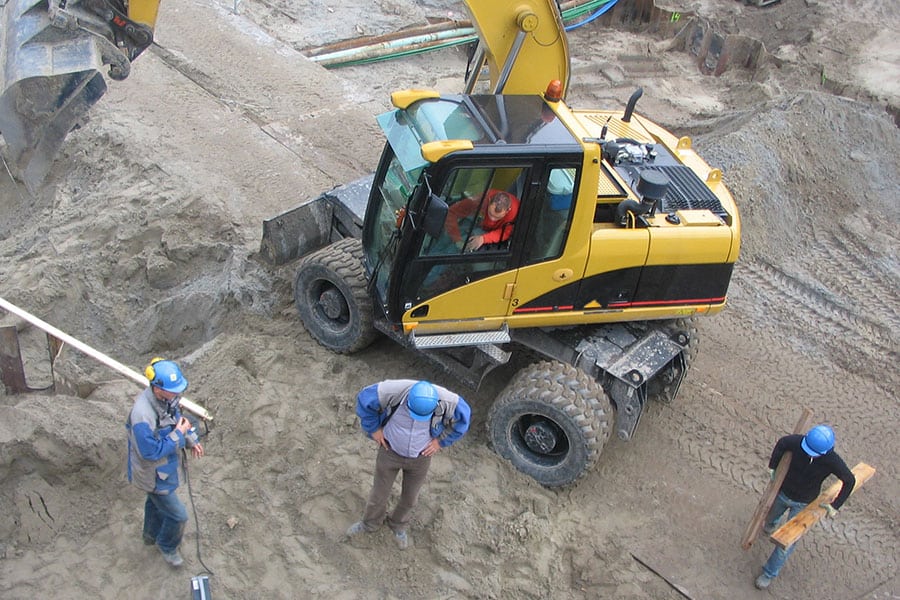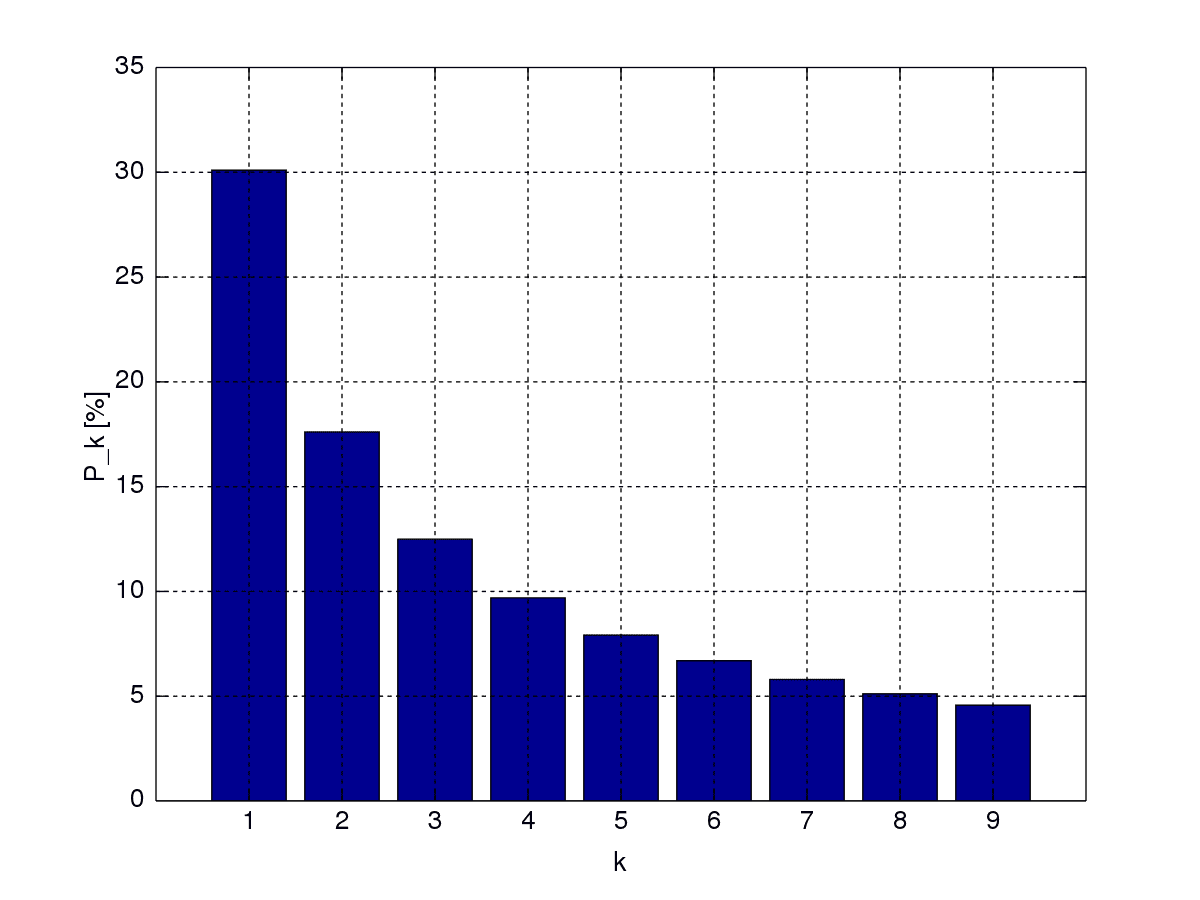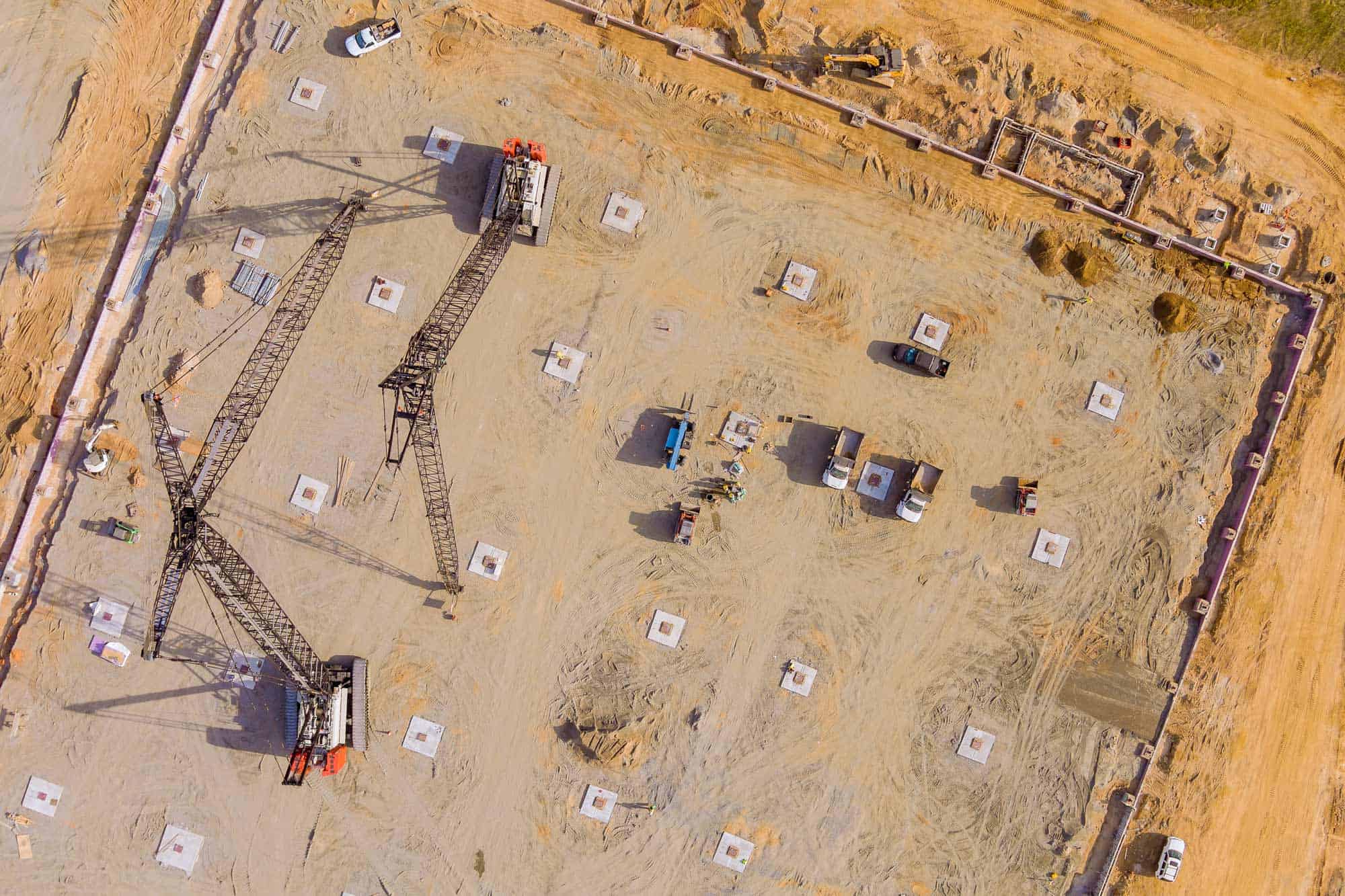U.S. Infrastructure Investment and Jobs Act Construction Technology Funding
The Infrastructure Investment and Jobs Act (IIJA), passed in November 2021, includes $100 million for advancing digital construction management systems and related technologies. The money will be distributed over the next five years in $20 million increments per year, emphasizing the importance of continuing to drive technology in the construction industry.
The goals of the program include:
- Maximizing interoperability with other construction systems, products, tools, or applications.
- Boosting productivity.
- Managing complexity.
- Reducing project delays and cost overruns.
- Enhancing safety and quality.
Experts anticipate that the money will flow into these five areas of construction technology including:
- Visual-based inspection technologies that connect job sites to engineering offices in real time, boosting efficiency, reducing risk, and accelerating project delivery.
- Construction management tools to administer contracts digitally.
- Electronic ticketing technology to remove paper from the construction material supply chain.
- 3D modeling and digital twin technology.
- Drones applied to construction, operations, maintenance, and disaster recovery.
In our first blog post of this series, we will focus on the value of visual-based inspection technologies that connect job sites to engineering offices. We will break down the importance of these systems connecting teams in real time, boosting efficiency, reducing risk, and accelerating project deliver. We will also explain how SYNCHRO, our complete construction management platform, can help you do exactly that and so much more.
Challenges Associated with Inspections in Construction
It is getting increasingly difficult for project teams to handle the growing number of inspections required in road, bridge, and rail projects. With the impending IIJA funding, it will become even more difficult for teams to keep up.
Existing inspection workflows rely heavily on manual processes, from physically walking the job site, manually collecting various data on paper, and entering that data into various construction management systems. This workflow is often accompanied with data input errors and nearly always results in inconsistent data formats, resulting in a very time-consuming inspection process.
But there are many ways teams can modernize their workflows and transition to digital inspections. The benefits you will gain from making the transition from manual inspection processes to digital inspections are plentiful.
Benefits of Digital Inspections
Modernizing inspections workflows from manual to digital provides many benefits, including:
- A quicker inspection process.
Digital inspection workflows enable teams to complete the inspection process faster, including rapid tracking and sharing of any identified issues. Digital inspection workflows enable inspectors to find what needs inspecting, access information, and update, all from the field. - Easy-to-access inspection audit trails.
Digital workflows allow teams to create inspection audit trails that are easily accessible, even in the face of diverse requirements, ensuring full compliance. - Real-time communication between project teams.
Transitioning to digital workflows will empower teams to close communication gaps between those in the field and those in the office, facilitating real-time communication to make identifying and tracking issues faster and easier. - Prepare teams for 3D/4D workflows.
Adopting flexible new technologies that integrate with existing solutions and provide more access to data allows teams to take advantage of digital efficiencies without having to completely abandon familiar workflows.
Ultimately, transitioning to digital inspections will provide construction teams with increased efficiency today and in the future.
How Digital Workflows Make Field Inspections More Efficient
Digital inspection workflows enable teams to overcome management challenges to optimize and streamline inspections by:
- Providing a single project environment.
A single project environment allows you to centralize all project data in one location, unify workflows across different projects and inspections, and ensure increased visibility of inspections for all stakeholders, including requirements and other supporting data. - Future-proofing your workflows.
Digital inspections will modernize and streamline your current 2D workflows with the assurance that all existing data will integrate into 3D and 4D workflows as you adopt modeling technology. - Keeping inspectors updated with geolocated data.
Some digital workflows, like SYNCHRO, will automatically add geolocation to project data to keep inspectors up to date with project status as well as reduce the potential for error. - Fueling immersive inspections.
Digital workflows enable 80% to 90% of inspections to be done remotely, accelerating timelines, reducing costs, and improving safety.
Not all digital inspection workflows are created equally. SYNCHRO offers unique features that can help accelerate the adoption of digital workflows and drive efficient, accurate, and optimized digital field inspections.
Optimize Your Digital Field Inspections with SYNCHRO
SYNCHRO, specifically SYNCHRO Field, our field-based application, offers unique differentiators that ensure teams optimize their digital field inspections, including:
- iTwin technology
- Begin modernizing from day one to immediately leverage digital efficiencies – no matter which format is currently in use.
- Adopt new digital workflows with the ability to easily reassign 2D data when ready for 3D and 4D workflows.
- Provide the same set of functionality and workflows across 2D, 3D, or 4D without having to switch tools.
- Flexible licensing that scales
- Tailor and scale licensing packaged to project needs to be more cost efficient.
- Scale capabilities to project size and budget.
- Interoperability
- Interoperable with all major CAD design, BIM, and scheduling formats.
- Compatible with any device, with any size model.
- Ease of deployment and training
- Provides a simple, intuitive interface.
- Access specific support as needed.
- SYNCHRO integrates with ProjectWise for document repositories
- Automatically archive detailed inspections reporting for increased efficiency.
- Easily connect to a single, managed repository for collaborative workflows.
Curious to Learn More?
Contact us today to prepare for the IIJA’s construction technology funding by investing in visual-based inspection technologies that connect job sites to engineering offices in real-time, boosting efficiency, reducing risk, and accelerating project delivery.
SYNCHRO’s complete construction management platform – from 4D construction planning and modeling, to cost management, to project execution and field performance tracking – keeps teams connected and innovated so they can work faster, better, and safely.
**Source







